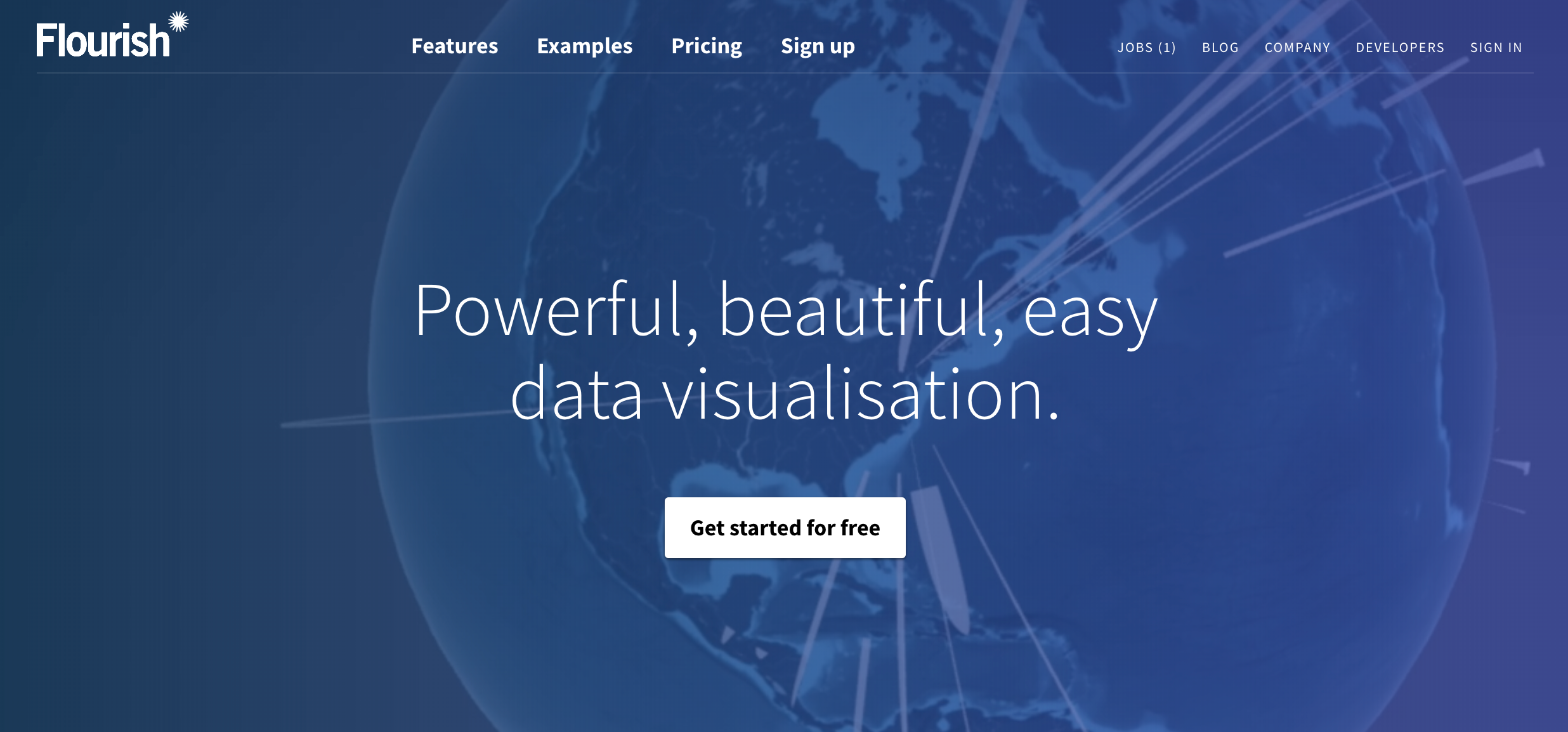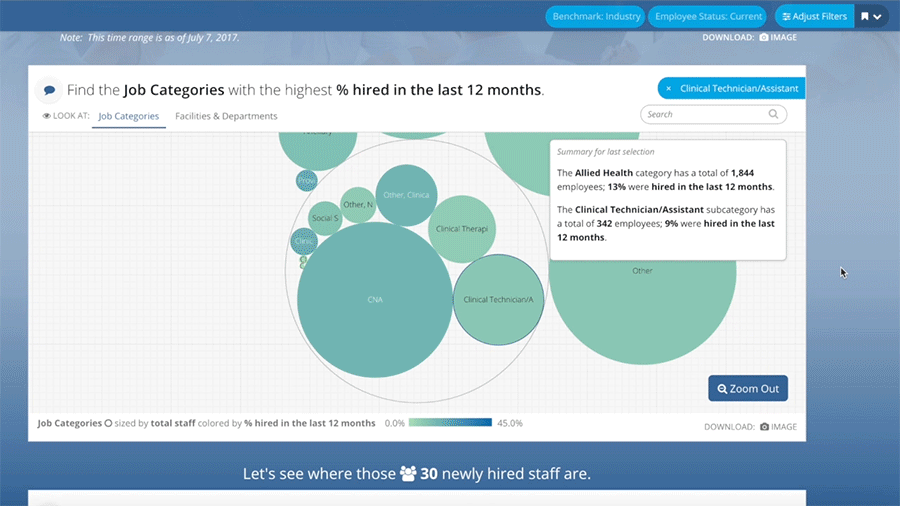The Data Storytelling Revolution is coming to the K-12 Education world -- in its own unique way. Two days at the annual National Center for Education Statistics STATS DC Data Conference in Washington DC gave me an up-close view of how education leaders were using data to drive policy and understanding school performance. This insiders view was thanks to an invitation by our partners at the Public Consulting Group, one of the leading education consulting practices in the country.
After attending a handful of presentations and hanging out with industry experts, here are a few of my impressions:
Education leaders have a fresh energy about data visualization and data storytelling.
To start with, the conference was subtitled: “Visualizing the Future of Education through Data”. To back this up, the program featured more than a dozen presentations about how to present data to make an impact. There was good-natured laughing and self-flagellation about poor visualizations, and oooh's and aaah's at good visualizations. There was also a genuine appreciation for how important it is to “bridge the last mile” of data to reach important audiences.
Unsurprisingly, Educators understand the need to reach and teach their data audiences.
For many of the attendees, their most important data audiences (teachers, parents, school administrators) are relative novices when it comes to interpreting data. There was a general appreciation that finding better ways to communicate of their data was paramount. The old ways of delivering long reports and clunky dashboards wasn’t going to suffice. The presenters emphasized “less is more” and the value of well-written explanations. I even ran into a solution vendor committed to building data fluency among teachers. This sincere sensitivity to the needs of the audience isn’t always so prevalent in other industries.
Data technologies and tools take a backseat to process, people, and politics.
On August 20th and 21st, I’ll see you at the Nashville Analytics Summit. When I do, I bet we’ll be surrounded by vendors and wide-eyed attendees talking about big data, machine learning, and artificial intelligence. Not in the Education world. After the lessons of No Child Left Behind and years of stalled and misguided data initiatives, Education knows that successful use of data starts with:
Getting people to buy-in to the meaning, purpose, and value of the data;
Establishing consistent processes for collecting reliable data;
Navigating the political landmines required to move their projects forward.
The Education industry is more focused on building confidence in data, than in performing high-wire analytical acts.
Education has not yet found the balance between directed data stories and flexible guidance.
I sat in on a presentation by the Education Department where they shared a journalism-style data story that revealed insights about English Learners. There website was the first in a series of public explorations of their treasure-trove of data.
On the other extreme, the NCES shared a reporting-building engine for navigating another important data set. On one extreme, a one-off static data story; on the other, a self-service report generation tool. The future is in the middle — purposeful, guided analysis complemented by customization to serve each individual viewer. The Education industry is still finding their way toward this balance.
Every industry needs to find its own path to better use of data. It was enlightening for me to see how a portion of the K12 Education industry is evolving on this journey.















